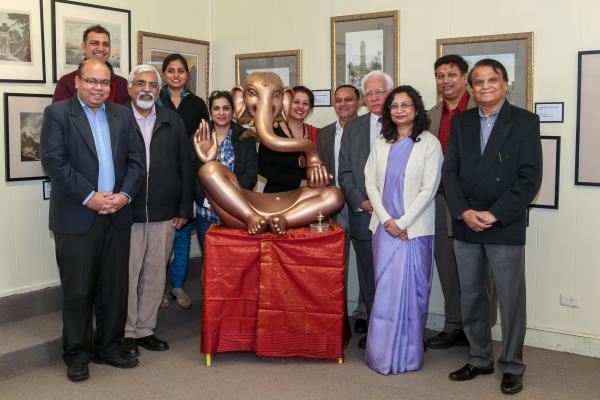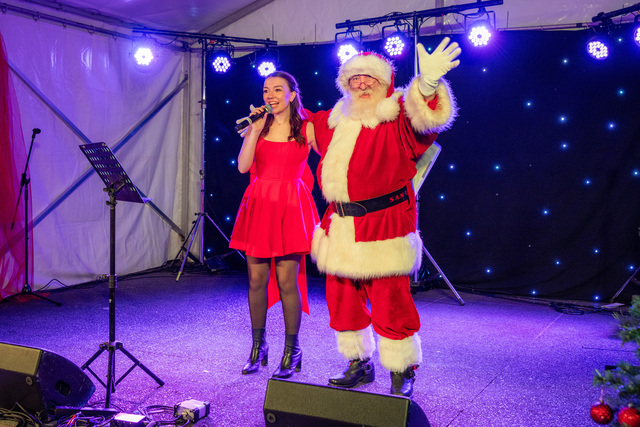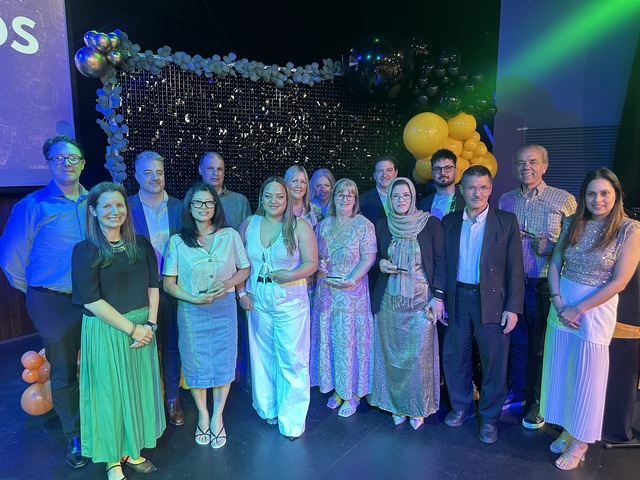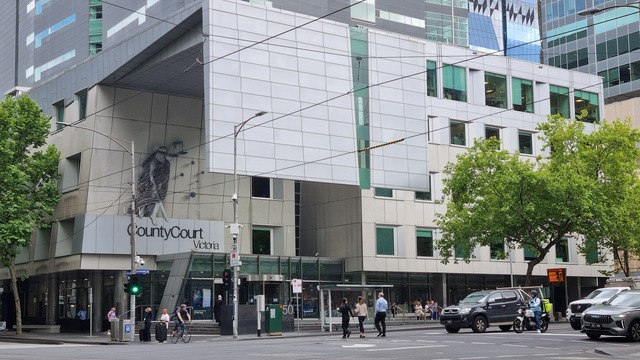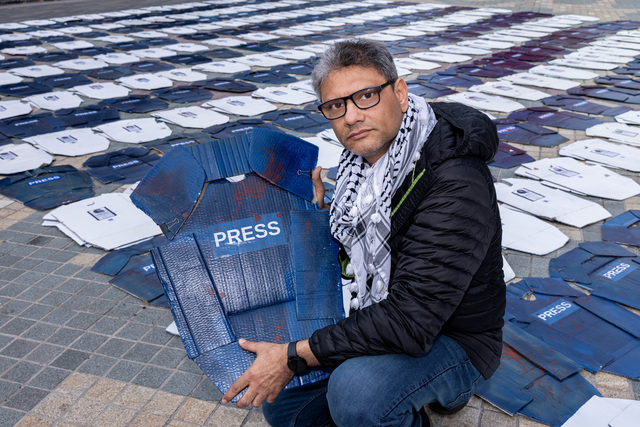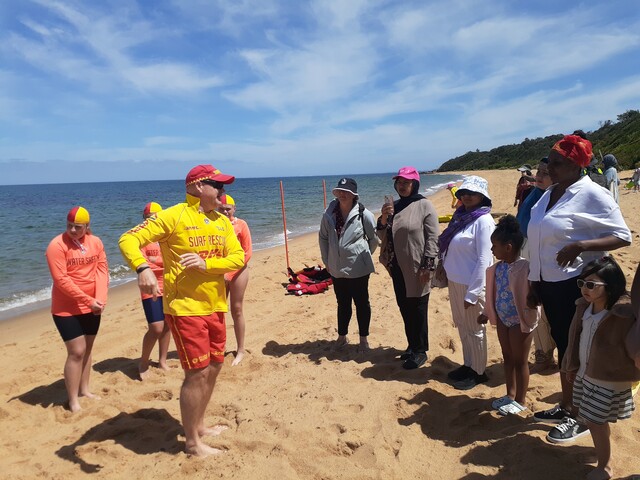By CAM LUCADOU-WELLS
A STATUE immortalising former independence leader Mahatma Gandhi may be the crowning glory to the Little India precinct’s budding rebirth.
Federation of Indian Associations of Victoria president Vasan Srinivasan says the proposal for a Gandhi statue, funded by the Indian
Government, will be a further push to put the precinct on the tourist map.
Mr Srinivasan said the precinct had habitually attracted far-flung visitors for its traditional fashions and variety of shops.
“There’s no place in Australia like this. People come here from various parts of Australia for saris and fabrics for weddings, anniversaries and birthday parties.”
Recently, the federation opened Museum India in Foster Street – which displays some of psychiatrist Dinesh Parekh’s vast art collection that reflects the country’s 18,000-year history and culture.
Mr Srinivasan said the federation was campaigning for Tourism Victoria to help make the museum and precinct a stop-point for Phillip Island bus tours.
Part of their plan is to move the museum to the former masonic lodge in Mason Street – subject to a successful pitch to state developer Places Victoria.
The lodge would be large enough to house the entire collection of Indian paintings, etchings, photographs and sculptures as well as coins dating back to 400BC and rare stamps that are currently not on display, Mr Srinivasan said.
The proposal would include a library of Indian history, literature, religion and art tomes.
Mr Srinivasan said business was bouncing back after disruptive Revitalising Central Dandenong streetworks and demolitions several years ago.
“Because of those issues, some businesses closed down but we’ve still got serious players here.
“We want to revive Little India, and make it more colourful here.
“Multiculturalism is doing well in this country and we’re a part of that. This museum will help people understand the Indian psychology and culture.”
The museum’s works span Hindu legend, Buddhist symbols, the life of Gandhi and conflicts between Indians and their former colonial ruler.
It includes a stunning large-scale – and apparently expensive – sculpture of a torsoless Lord Ganesh that seemingly defies gravity.
Dr Parekh – who has collected over the past 63 years – told the Journal he paid highly for an undertaking from the sculptor Rampure that the work would be a one-off.
“This is a unique collection,” Dr Parekh said.
“Even in India, the Kolkota museum has a great collection but not along the lines of assembling the history of India.”
The museum is at 61-63 Foster Street and open Tuesday-Sunday, 11am-3pm.

